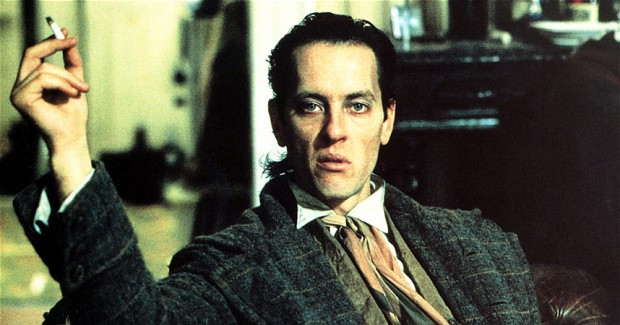
What makes a movie an all-time classic? Which is the magic ingredient that protects a motion picture from the time’s dust? It could be its verity toward the culture of a space-time setting, its sentimental originality, even its timeless impact on art and collective moral sense.
Perhaps there’s something more than that in the movie classics we’ve all loved— something of a more complex nature that speaks directly to the heart and is difficult to be defined. Stanley Kubrick’s mental torment of “A Clockwork Orange” generates an elusive yet aching scratch in the brain, whereas the social degradation portrayed in “American Beauty” occupies a cell of painful pleasure in one’s heart, glaring sadly in its stunning cloth.
But sometimes, what is a classic for us, providing a good company in a cold night from time to time and reflecting our culture’s worsts and bests, it’s a distant artifact for others. Correspondingly, films like India’s “Pather Panchali” and Japan’s “Harakiri” comprise towering watersheds in the cinema history of remote lands. Let’s make an overview of some great movie classics of others that may impress every film lover.
10. The Life of Oharu (1952)
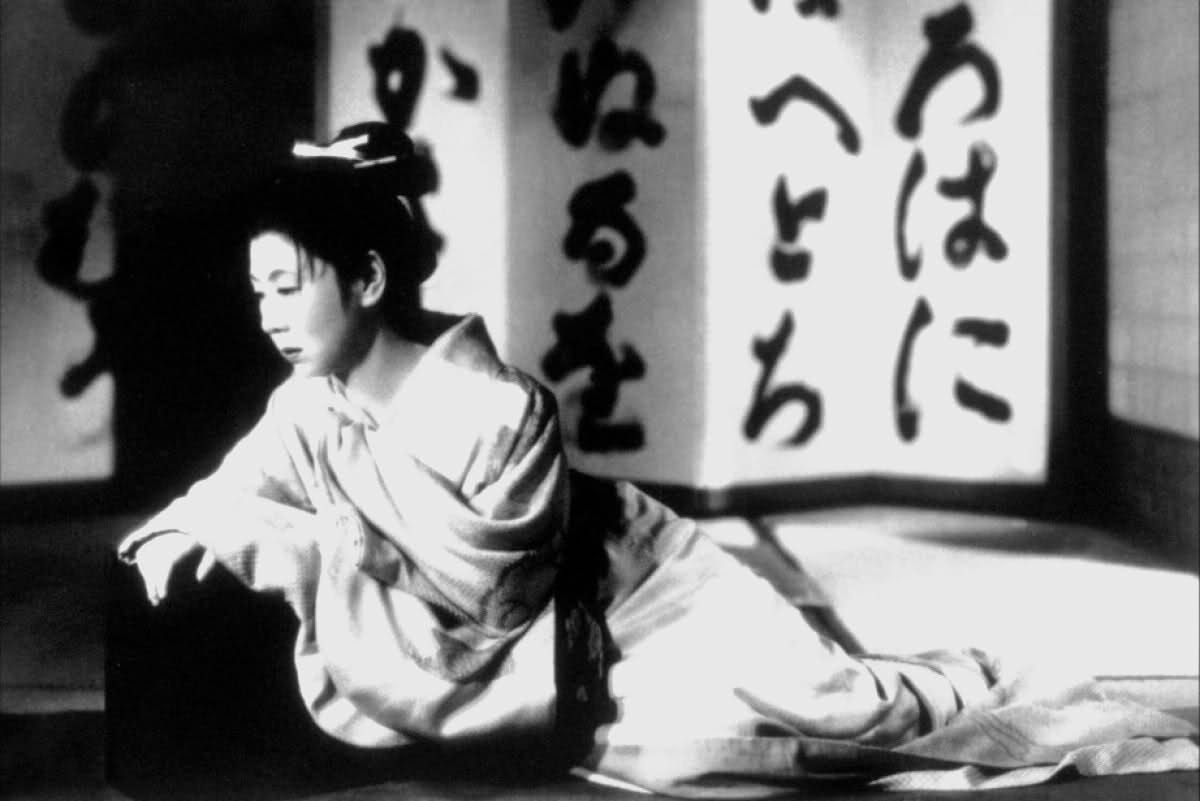
One of the great pieces occurring in the prolific post-war era in Japan, “The Life of Oharu” is a pitch-black social drama that describes the suffering life of an ordinary 17th-century woman. Perhaps Kenji Mizoguchi’s most mature cinematic fruit, this is a story of a thick bitter taste that has no moments of sweetness to offer.
Being defined by the female textures that both fascinate and disturb, Oharu was boosted toward a downturned path since her teenage years. Confined, mistreated and sold, she gifted the miracle of life that springs from a woman’s body, and then served the self-insulting occupation of a prostitute until the complete fading of her allures.
The story of Oharu finds its flesh and bones in a distant past that is dressed in strict and flowery traditions, still reflecting an eternal aspect of every society on its overmodest yet deeply immoral hard core. A substantially feminist work that was created during a quite demanding era in relation to the societal treatment of women, this is a film firmly landed on a universal bedrock of humanitarianism.
9. The Soft Skin (1964)
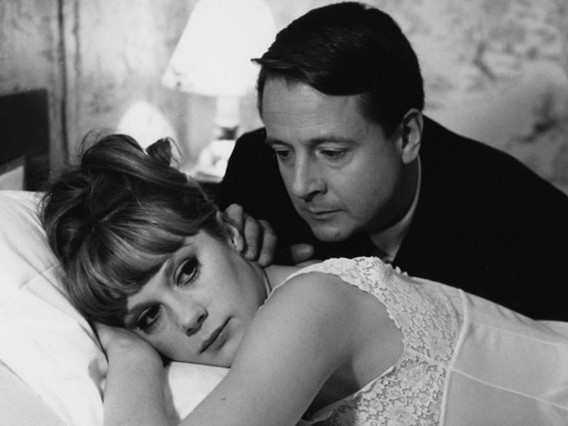
Eternally fresh, breathtakingly elegant and idealistically complex, the “French New Wave” expresses the groundbreaking beauty of another era and the heart of a desperado all the same. Jean-Luc Godard and François Truffaut, the two pioneering artists who epitomize the most influential French film movement, have created a great number of films that even nowadays have lost none of their power.
More accessible than Godard’s pictures, structurally and sentimentally speaking, Truffaut’s works sustain a free-wheeling spirit as well. His early poetic romance “The Soft Skin” is one of his best stories, oozing a sense of confidence, so in relation to its heroes’ intentions as in relation to its quintessential placement.
Conventional life, esoteric liberation of norms, and various aspects of self-indulgence are discussed in this all-time contemporary film by the legendary French auteur. His notorious first feature “The 400 Blows” is a down-to-earth biopic work. His “Jules and Jim” is a stunning postcard of an old-school true romance. In this case, the characters portrayed are less polished, even less dramatic, mapping one of Truffaut’s most pragmatic topical landscapes.
8. Withnail & I (1987)
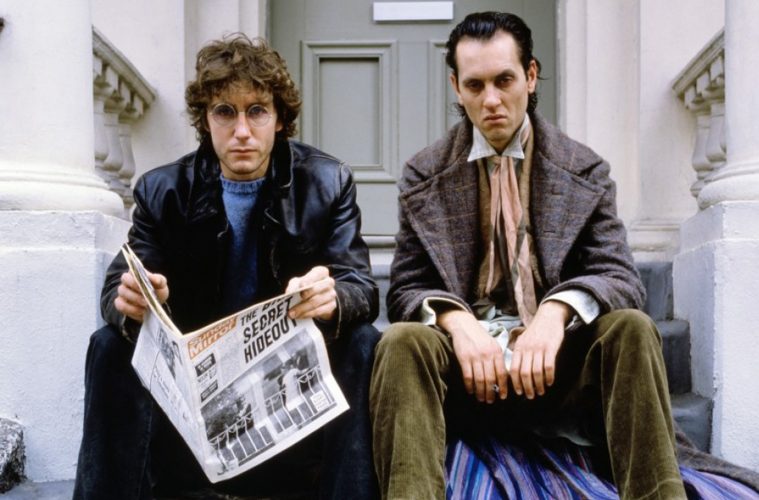
Considered a cult classic, the British film “Withnail & I” is an unheard gem that gloriously succeeds in being socially caustic and humorous. It occurred during the late 80s and refers to the late 60s, emitting a sad charm of both these iconic decades. If you’ve never watched this slice of bittersweet life in England, it may be a surprising cult experience of funny moments and sad introspections.
The story follows two unemployed actors who face difficulties in adopting conventional lifestyles in different ways. The year 1969 finds both of them sunken in bad habits, until they decide to carry out a common self-seeking trip in the British countryside. Adding insult to injury, the new provincial environment has in store quite different oddities than the circumstances of serenity our heroes expect.
British filmmaker Bruce Robinson has synthesized a well-balanced film that stands at an equal distance between comedy and real-life drama, as it returns to the fading glory of a golden era’s overtone. “Withnail & I” generates a permanent mood of nostalgia, providing a profound character study at the same time. Mostly addressed to British people, it still comprises a sensitive comedy for every movie buff.
7. Gertrud (1964)
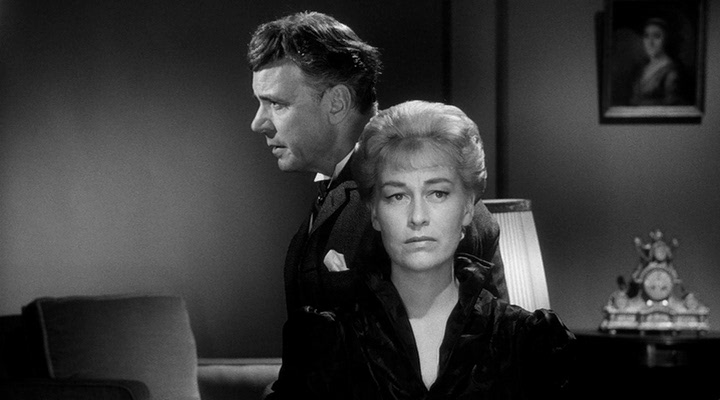
Always religiously oriented, Carl Theodor Dreyer’s directorial filmography is numerically limited and technically intelligent. No doubt, the almost motionless spiritual torment of “The Passion of Joan of Arc,” as narrated through a series of Maria Falconetti’s close-ups, comprises his greatest masterpiece. However, his late-career fruit “Gertrud” is another female character profiling that deserves a cinephile’s attention.
Almost ten years after the release of “Ordet,” a hardcore Christian praise, Dreyer made “Gertrud,” a much more realistically fabricated story that accepts and explores the carnal nature of its humane characters. It is developed around a married woman whose deepest longing is the conquest of the one life-lasting true love.
On the Danish director’s static and monochrome frame, we see a promptly delivered and rationally sculpted psyche‒ a transparent psyche reflecting various diachronic necessities of the tangible women that used to exist in the years of oblivion and still exist in our modern cities. As in the case of “The Passion of Joan of Arc,” here religion is placed in the thematic landscape of the story as an inner ingredient of psychological nature.
6. The Ascent (1977)
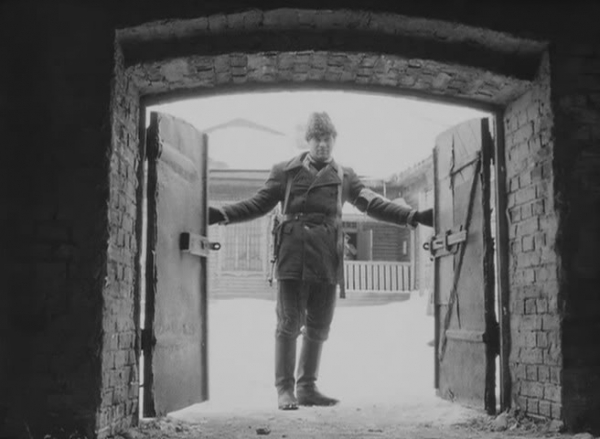
Wife of Elem Klimov until her premature demise, Larisa Shepitko was a female film director that we should never forget. Here, we talk about the piece which stands out of her filmography: An unbearable journey into the deepest sanctums of a both esoteric and cosmic labyrinth, “The Ascent” is a Soviet classic that is respectfully attached to its setting, understanding the involved people and unfolding circumstances.
Snow-capped and hostile, a German-occupied rural area of Belarus holds the land where two Soviet partisans were meant to carry out a common journey that would reveal two quite different destinations for each of them. As moving forward in a desert of nature and souls, Sontikov and Rybak essentially came up against with one another and with their own selves.
Directed with technical accuracy which effortlessly delivers the sentimental maelstrom of the story’s underground foundation, “The Ascent” is a poetic interpretation of an embattled situation, so in relation to its collective impacts as in relation to a personal reflection of every participant. During the pursuit of a shelter, the two main heroes find out that the real war happens inside a human heart and the roughest enemy is always our self.